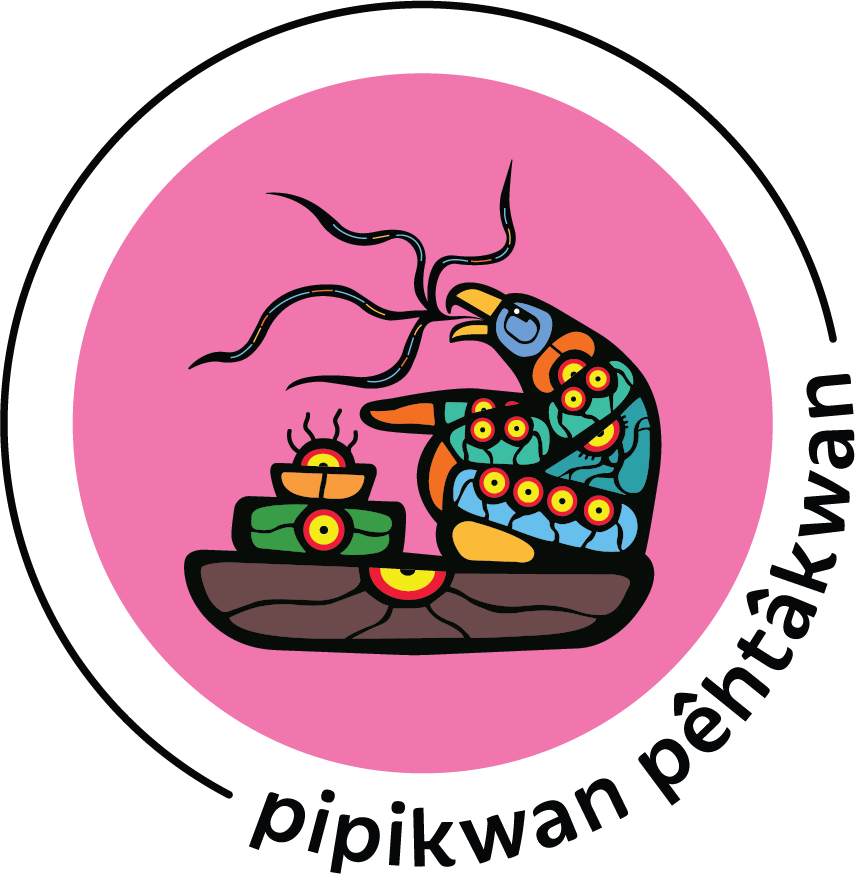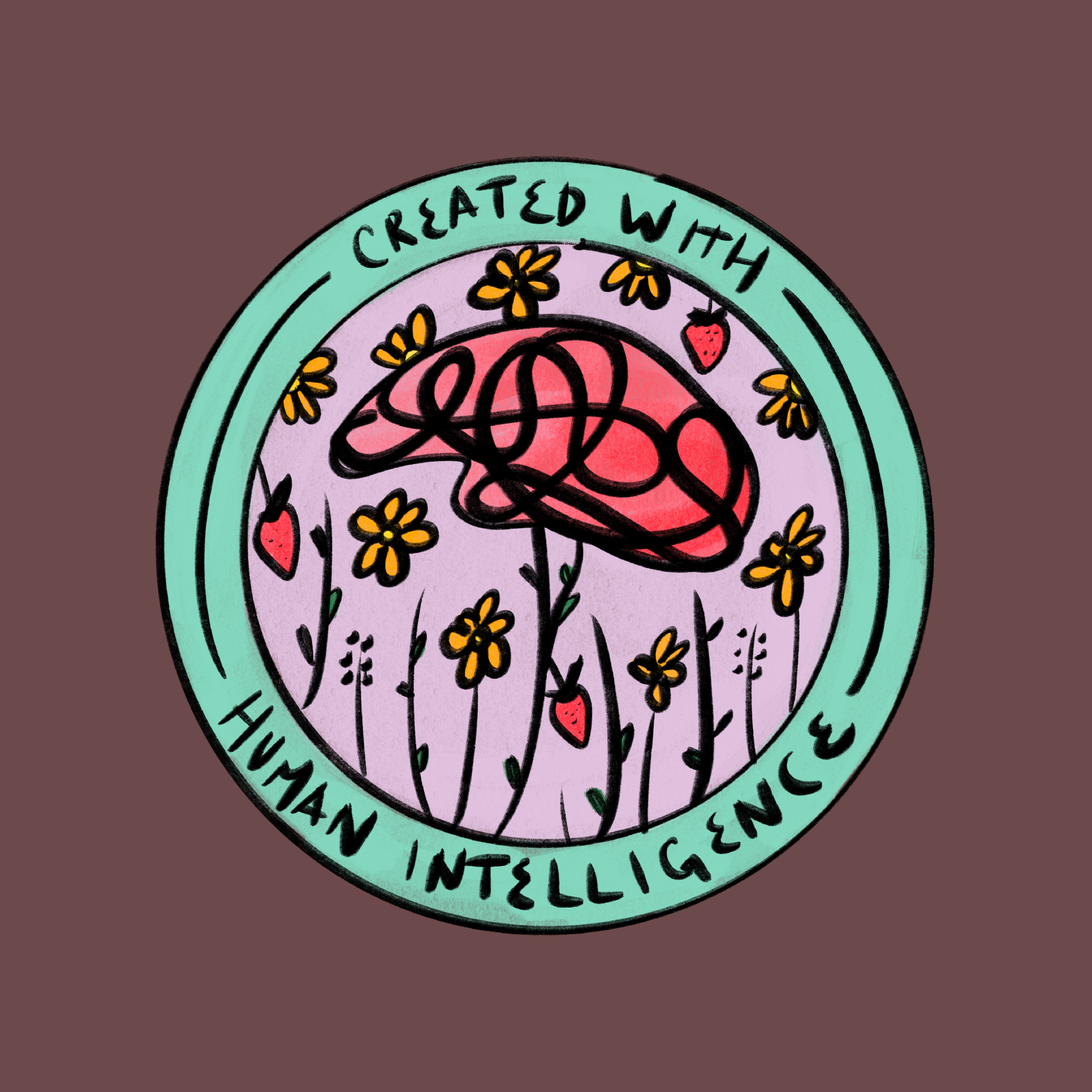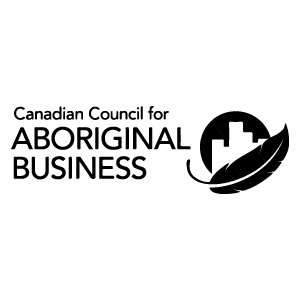As National Day for Truth and Reconciliation approaches, the pipikwan pêhtâkwan team recently hosted a full-house webinar for communications and engagement professionals interested in or tasked with doing this important work.
The webinar was an opportunity to share lessons learned and insights our team has gathered from working with Indigenous communities and businesses as well as non-Indigenous allies.
In case you missed it, here are a few highlights of what we shared:
Reconciliation is a journey
When we think of truth and reconciliation, we can think of it as a journey. Some of us are just getting started and some may be further along in that journey. Regardless of where you are, we may be feeling some anxiety, like we don’t know enough, or we’re fearful of offending people or getting it wrong. These are perfectly normal reactions; when we approach them with understanding and accept it is part of the process, these feelings can become easier to manage.
There is no easy ‘three steps to reconciliation in an hour’ program. Working towards reconciliation could be challenging, uncomfortable and take time. If it were easy, we would have achieved reconciliation by now!
Truth and Reconciliation go hand in hand
The Truth and Reconciliation Commission (TRC) states that “for [reconciliation] to happen, there has to be awareness of the past, acknowledgement of the harm that has been inflicted, atonement for the causes and action to change behaviour”. Truth and reconciliation go hand in hand so make sure that is reflected in your activities.
Ask questions
When you’re planning what September 30 looks like for your organization, there are some questions that you can ask.
- Why are we doing this?
- What do we want to accomplish?
- Where is our audience at in terms of understanding?
- What is our goal – awareness, education, a day of reflection/participation?
- What role does our organization/client/company play in this space of truth and reconciliation?
- Which of the 94 Calls to Action apply to our organization?
- How is our organization or company supporting reconciliation efforts?
If you aren’t currently supporting reconciliation, then the question becomes – how prepared are you to answer those questions from staff or community?
Think about timing
Your efforts don’t have to be exclusive to September 30. If your organization is undertaking the work of truth and reconciliation, it should be ongoing work.
Remember – Indigenous Peoples are often leaned on heavily for this day and for the entire week. Consider what you need to do to build those partnerships and relationships all year long.
Nothing about us, without us
We want to be sure we remember the sentiment “nothing about us, without us”. Indigenous Peoples are rights holders, not stakeholders.
Indigenous voices are key to ensuring your strategies, actions and communications are meaningful. We must make space to include different perspectives, however we cannot put all the emotional or physical expectations on employees who are Indigenous and/or People of Colour. Especially if they aren’t typically responsible for this type of work.
Best practices for engagement
At pipikwan pêhtâkwan, we practise keeoukaywin – the visiting way.
keeoukaywin is a methodology developed by Janice Cindy Gaudet in 2019 that centres Cree and Métis ways of knowing. It honours the difference in research approaches between Indigenous and non-Indigenous people.
In communications, our work sometimes becomes a lot of output – we create material and put it out in the world for others to engage with. If we re-envision communications from an engagement point, with keeoukaywin at heart, then our communication output actually begins with input.
Visiting means we invest in the relationship beyond an extractive conversation. We co-create and learn together. It often takes more time and we need to plan for that.
Doing this work in a good way
These are just some of the tips we shared in the webinar to help organizations go about this work in a good way. Remember, reconciliation is a journey and it’s going to take time. Be gentle as you learn and seek out resources to help guide you along the way.
We hope this informational National Day for Truth and Reconciliation document provides some general guidance for your organization to begin creating a respectful, meaningful and appropriate plan for National Day for Truth and Reconciliation or Orange Shirt Day.




